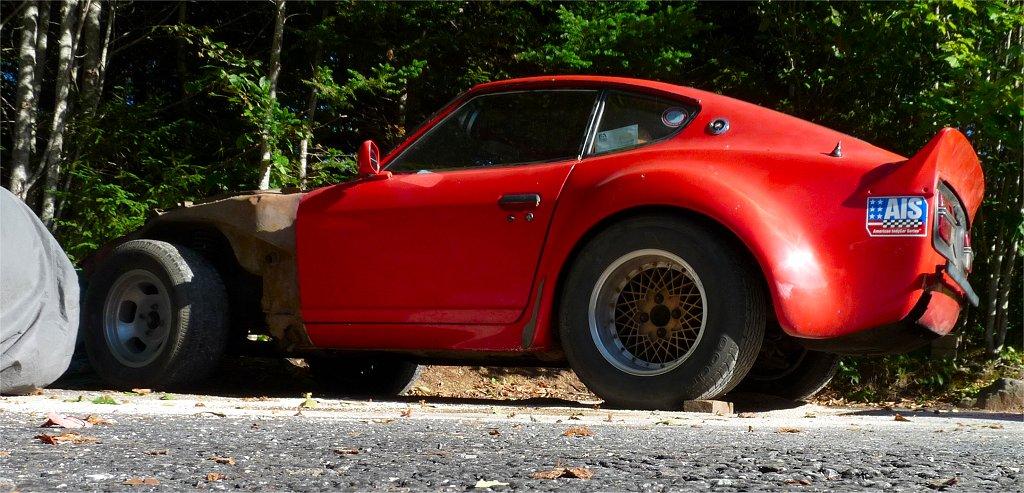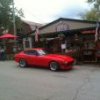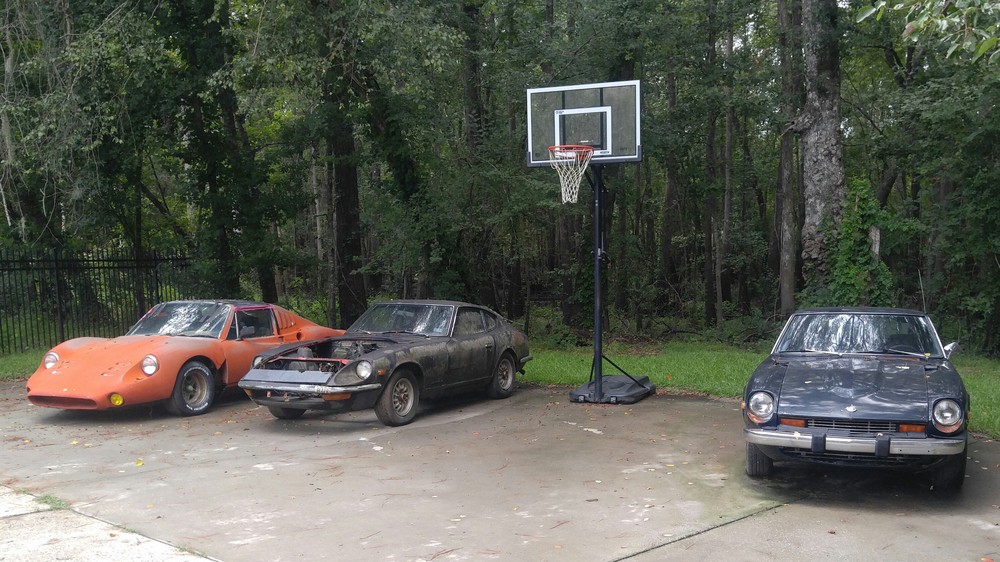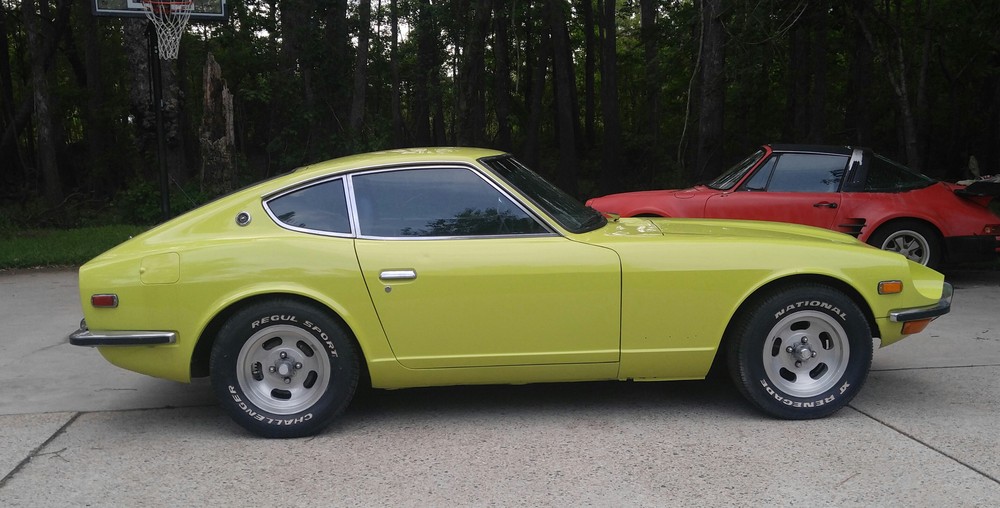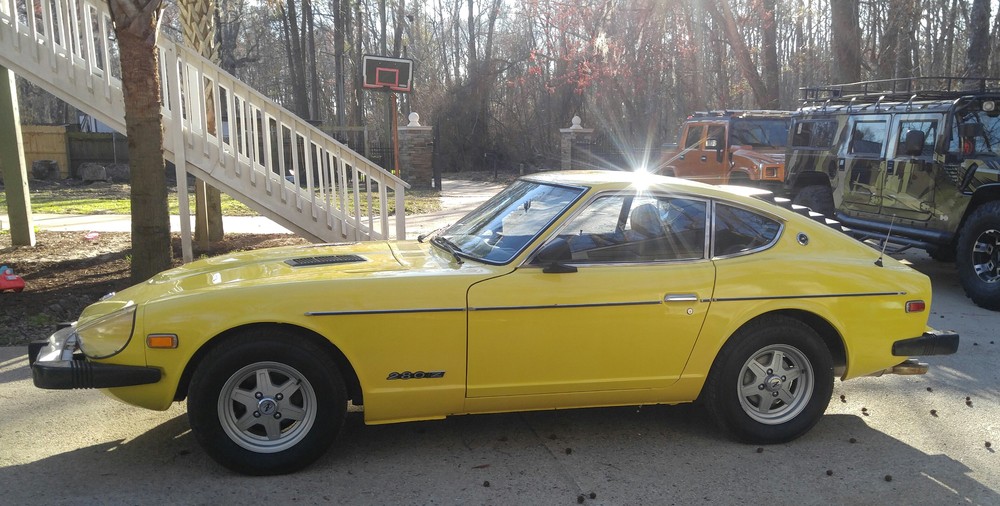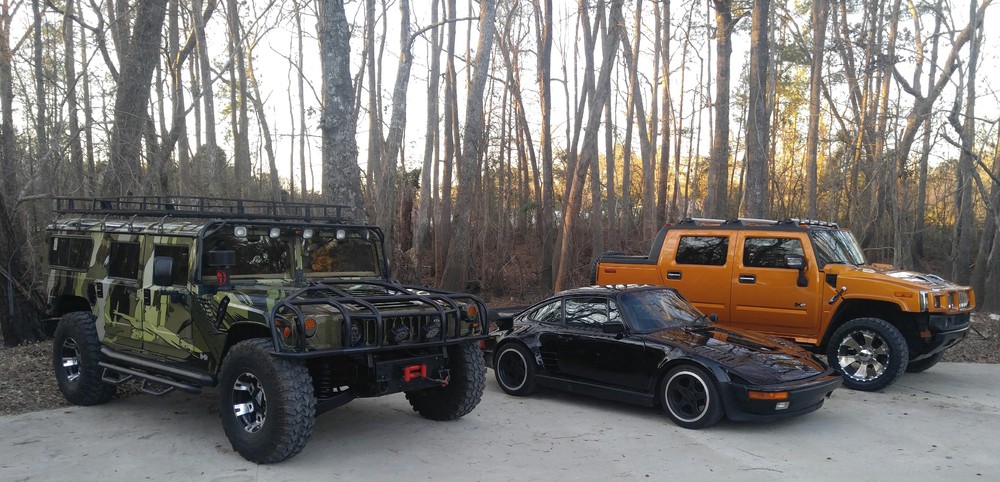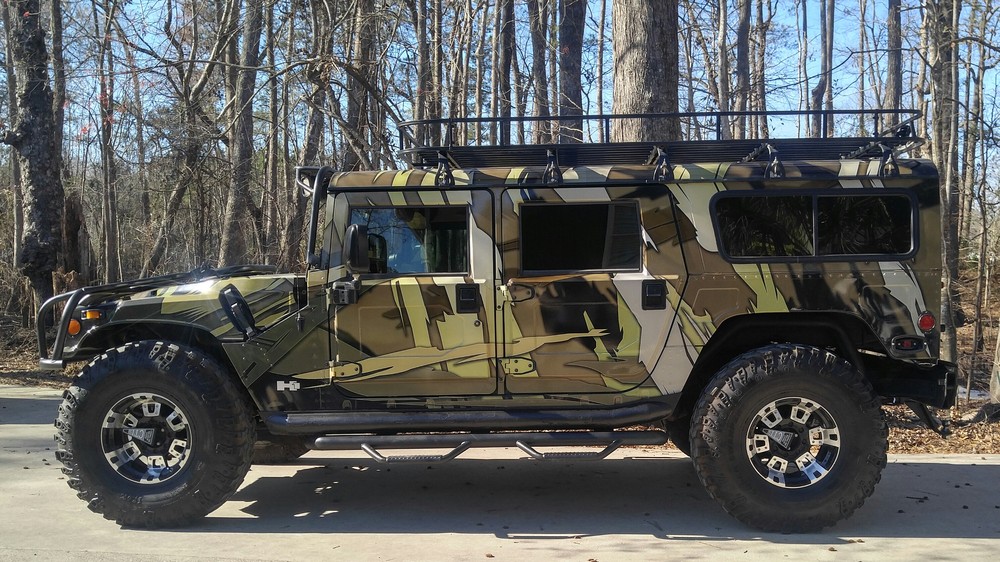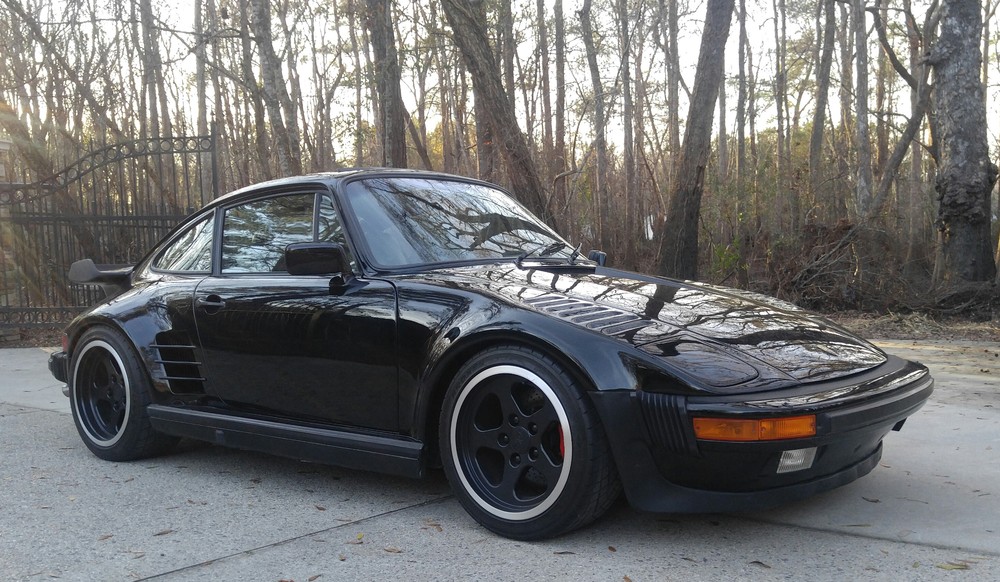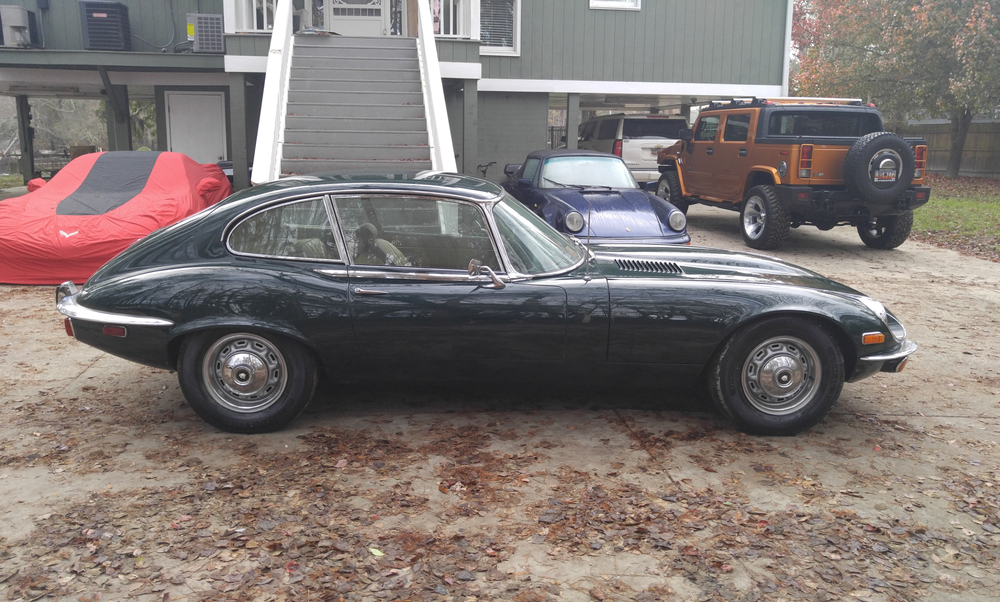(my bold)
What's the "..."not worthy" thing..." you are referring to? Have I missed some posts?
With respect, I think you have to expect straight talk on a marque specialist forum. I'm not going to blow smoke up your rear end for you and if I see claims - no matter who they are attributed to - that I believe are mistaken, unlikely or just plain wrong then I'm going to speak up. I think it's fair to say that I know a little bit about the Japanese market models and I'm probably one of their most passionate advocates on this forum. I think I have a pretty good handle on what your car was and is, and if you put it in front of us on this forum I'm going to say it as I see it. As a car enthusiast, I can't believe you would honestly want to hear only *good stuff* or have people swallow every tenth-hand tale whole? If you acknowledge this forum's integrity - which I think you have done, by asking your questions here - then you have to accept that you might not necessarily be pleased by every response you get. Am I right?
My feeling is that these cars can tell us a lot if we only learn to listen. Your Fairlady - even from the limited photos you have posted - says quite a lot about itself. I think the fact that the rear arches have not been cut, and that the trailing edges of the lower section on the G-nose have not been relieved says a lot, and it's likely that it has never been fitted with very wide wheels, as many were in-period. My personal view is that this is a good thing, both for the lower panel of the G-Nose (they are worth more if they have not been chopped) and the 'shell of the car, which is - in my opinion - better off in stock configuration. I've already stated that I think it very unlikely that this car was circuit raced in period (scrutineering for even the most basic clubmans races in Japan would require fuel and safety-related changes that would be difficult to erase completely) and I also think it much more likely the RHD to LHD conversion was done in USA than in Japan. Some deeper research would surely answer a lot of questions.
You asked about value but - as has been pointed out - the photos are not enough to go on. In my first reply I asked about the firewall-engraved body number, but you have not answered that question. It's quite an important point for the destiny of the car, I think. So too are the details of the RHD to LHD conversion. From your description, it sounds as though this was not a whole firewall change and that the original RHD details were covered or patched? To my mind that makes it more viable to be reversed. As an early 1970 production car, it surely makes much more sense to turn it back to its original RHD layout - even if you are forced to use slightly later componentry (such as the dash, for instance) - as if it's kept in LHD configuration it is neither fish nor fowl.
It doesn't need to be 100% stock. Some Japanese period-correct touches would not be frowned on, but I think it needs that RHD layout for it to actually mean something in the context of its true origin and its original market. The G-nose, to my mind, seems a little incongruous on an early 1970 car. Stock body would surely make more sense?
